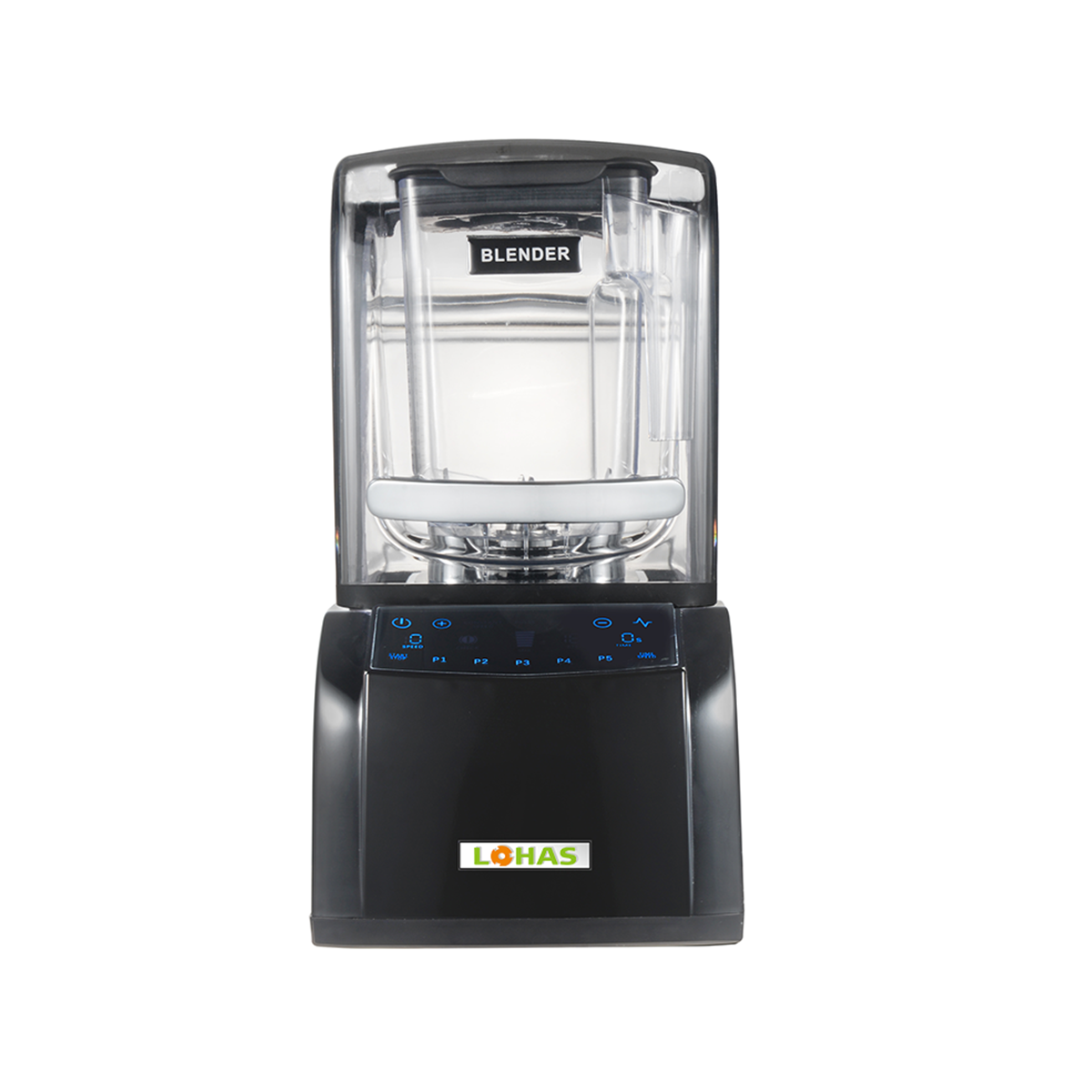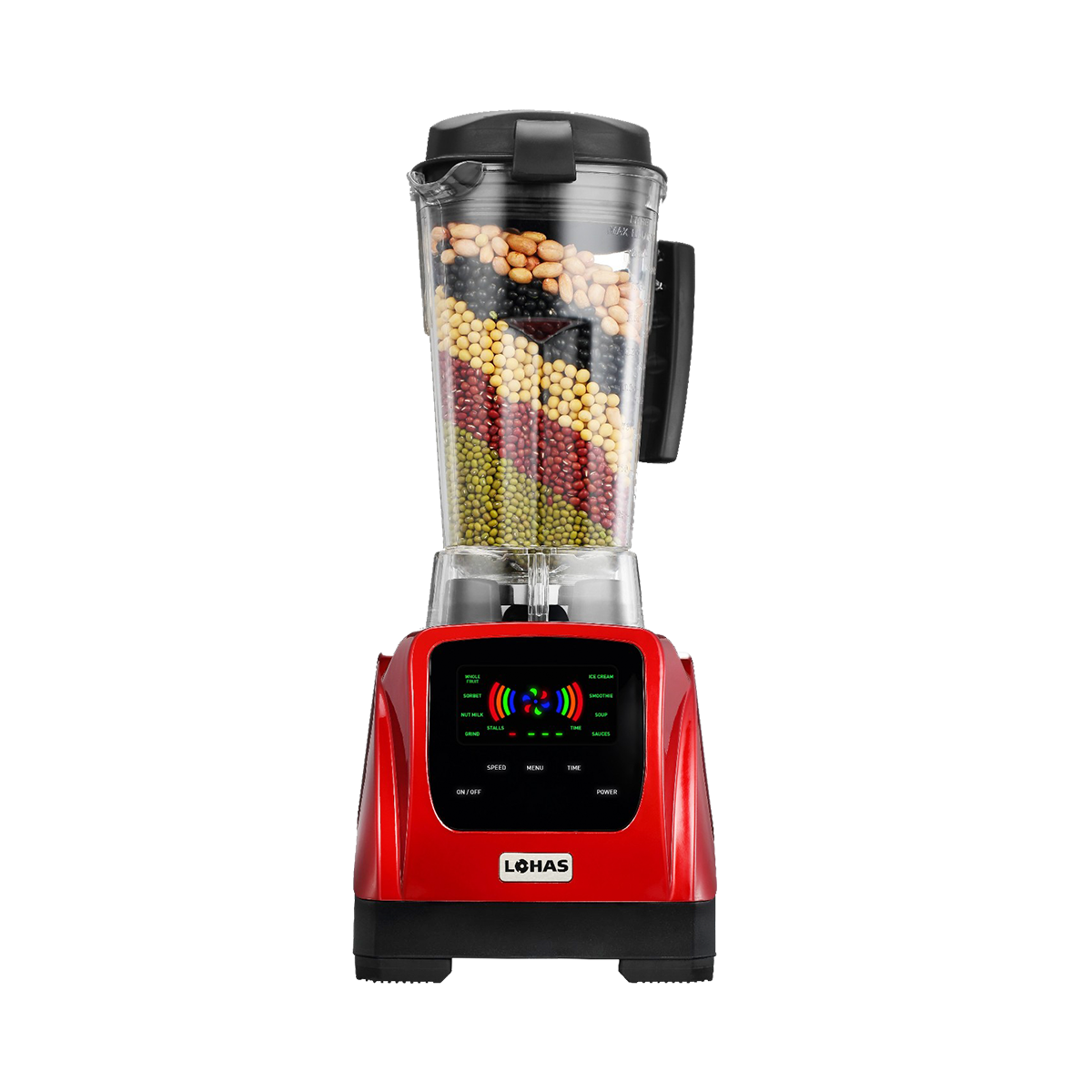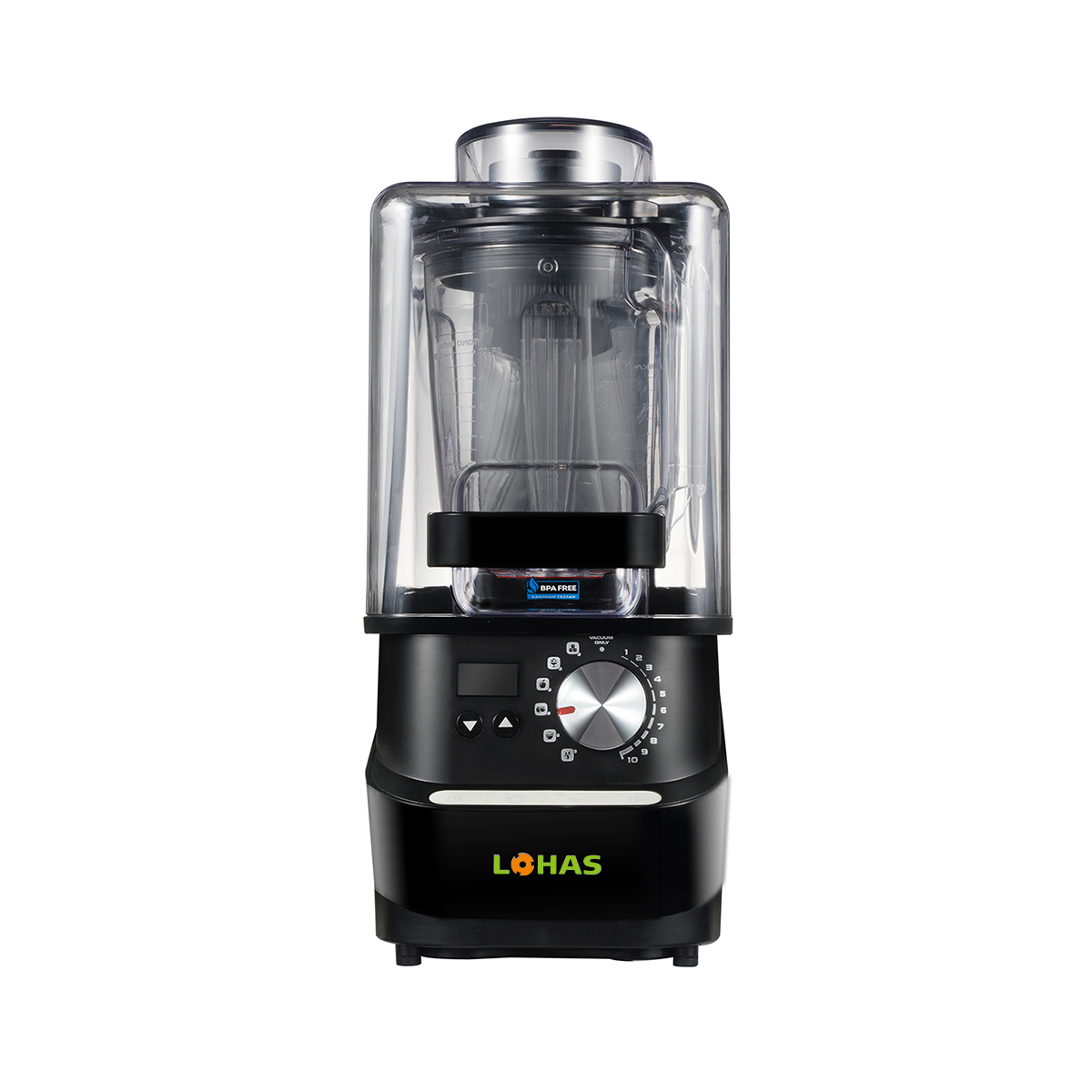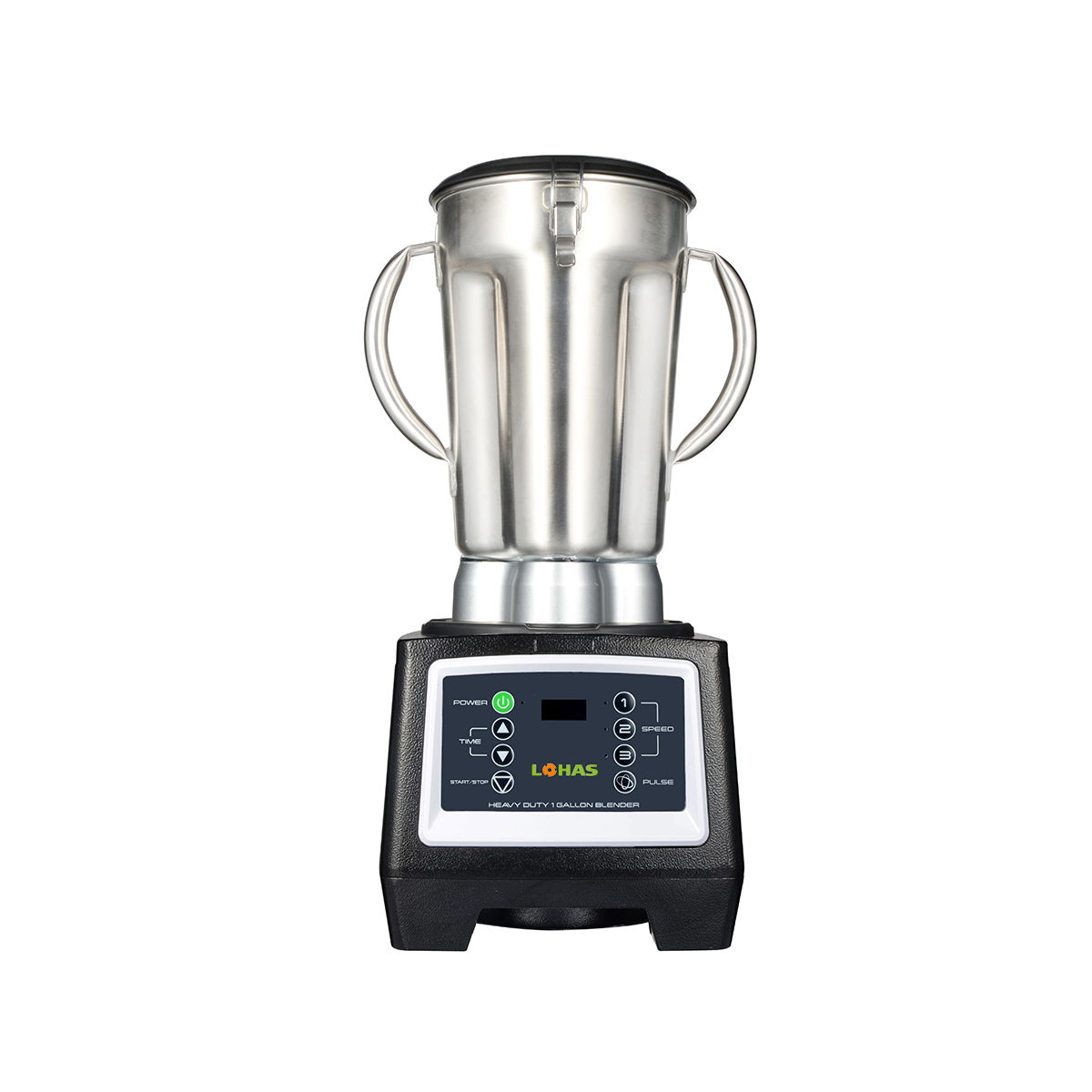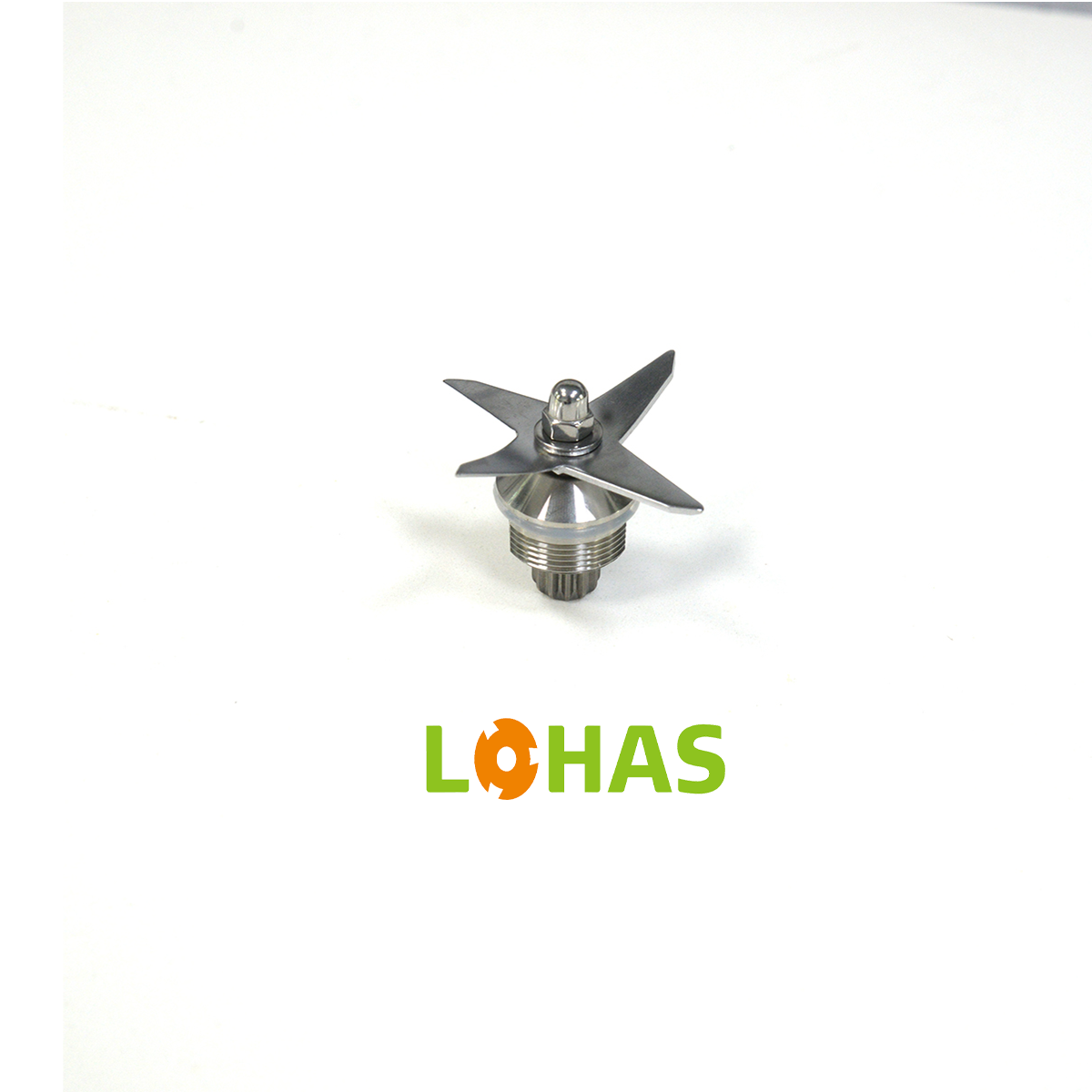Blenders play a vital role in modern kitchens. Automatic and manual blenders differ in how they operate and what they offer. You might wonder which one suits your needs better. By exploring their key features, you can identify the best option for your cooking style and daily tasks.
Key Features of Functionality and Operation
Motorized Operation in Automatic Blenders
Automatic blenders rely on powerful motors to handle blending tasks. These motors spin the blades at high speeds, allowing you to achieve smooth and consistent results. You can blend fruits, vegetables, and even ice with minimal effort. The motorized operation ensures that the blender does the hard work for you, making it ideal for busy kitchens. Whether you’re preparing a smoothie or a soup, the motor’s efficiency saves you time and energy.
Manual Effort in Hand-Powered Blenders
Manual blenders require physical effort to operate. You control the blending process by turning a crank or pressing a lever. This hands-on approach gives you complete control over the texture of your ingredients. However, it can be tiring, especially when blending tougher items like nuts or frozen fruits. Manual blenders work best for simple tasks, such as mixing soft ingredients or making small portions. They are a practical choice if you prefer a more traditional, low-tech option.
Pre-Programmed Settings for Convenience
Many automatic blenders come with pre-programmed settings designed for specific tasks. These settings allow you to blend, chop, or puree with the press of a button. For example, you can select a smoothie or ice-crushing mode, and the blender adjusts its speed and duration automatically. This feature simplifies your cooking process and ensures consistent results every time. Pre-programmed settings are one of the key features that make automatic blenders user-friendly and efficient.
Key Features of Ease of Use
Hands-Free Automation in Automatic Blenders
Automatic blenders simplify your kitchen tasks with hands-free operation. Once you add your ingredients and select a setting, the blender takes care of the rest. You can focus on other activities while it blends your smoothie or purees your soup. This feature is especially helpful when multitasking in a busy kitchen. Hands-free automation ensures consistent results without requiring constant attention. It also reduces the risk of over-blending or under-blending, as the machine follows pre-set programs.
Physical Effort and Control in Manual Blenders
Manual blenders require you to actively participate in the blending process. You control the speed and duration by turning a crank or pressing a lever. This hands-on approach gives you more control over the texture of your food. For example, you can stop blending when you achieve the desired consistency. However, this method demands physical effort, especially when working with tough ingredients. Manual blenders are ideal for small tasks or when you want a more traditional, low-tech option.
User-Friendly Interfaces and Controls
Automatic blenders often feature intuitive controls that make them easy to use. Many models include labeled buttons or digital displays for selecting functions. Some even have touchscreens for a modern, sleek design. These user-friendly interfaces help you navigate the blender’s settings without confusion. You can quickly choose options like pulse, chop, or blend. This simplicity makes automatic blenders accessible, even if you’re new to using kitchen appliances.
Key Features of Efficiency and Performance
Speed and Consistency in Automatic Blenders
Automatic blenders excel in speed and consistency. Their motorized blades operate at high speeds, ensuring smooth and uniform results. You can blend a smoothie or puree vegetables in seconds. This speed saves you time, especially when preparing meals for a busy day. The consistency of automatic blenders also stands out. Whether you’re blending soft fruits or crushing ice, the results remain even and predictable. This reliability makes them a favorite for recipes that demand precision, like creamy soups or silky sauces.
Effort and Time Required for Manual Blending
Manual blenders require more effort and time. You must physically operate the blender, which can be tiring, especially for tougher ingredients. Blending a thick mixture or frozen fruits may take several minutes of continuous effort. This process can slow you down if you’re in a hurry. However, manual blenders work well for small, quick tasks. For example, you can mix a simple dressing or whisk eggs without needing electricity. They are practical for occasional use but less efficient for larger or more complex recipes.
Handling Tough Ingredients with Automatic Blenders
Automatic blenders handle tough ingredients with ease. Their powerful motors and sharp blades can crush ice, grind nuts, or blend fibrous vegetables without difficulty. You don’t need to pre-chop or soften ingredients, as the blender does the heavy lifting. This capability expands your options in the kitchen. You can create nut butters, frozen desserts, or even dough with the right settings. Automatic blenders are designed to tackle demanding tasks, making them a versatile tool for adventurous cooks.
Automatic blenders stand out for their convenience and versatility. They handle complex recipes and save time. Manual blenders, on the other hand, offer simplicity and affordability. These key features make them ideal for occasional use. Your choice depends on your blending needs, budget, and how much control you prefer in the kitchen.

